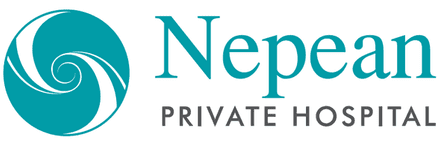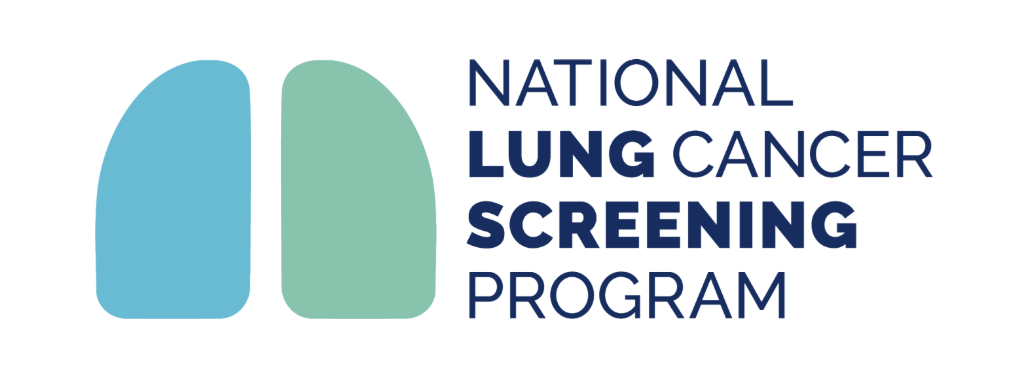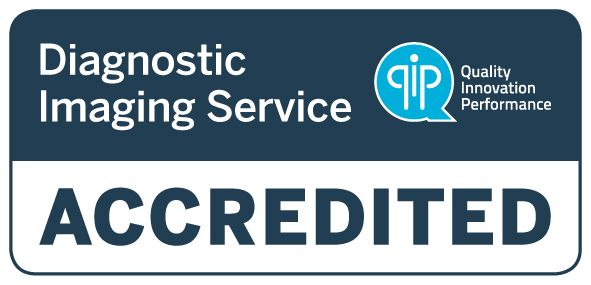PRP Injections
What is a PRP (Platelet Rich Plasma) injection?
Platelet-rich plasma (PRP) offers a low-risk, natural approach to potentially speed up the healing of tendon injuries, degeneration, and osteoarthritis. This therapy combines advanced technology with your body's inherent healing capabilities. You can feel confident in the safety of PRP because it's made from your own blood. This means there's no increased risk of cancer, your body won't reject it, and there's no chance of disease transmission.
PRP injections may help relieve pain and symptoms associated with conditions like:
- tennis elbow
- golfer's elbow
- knee tendonitis
- rotator cuff tears
- achilles tendonitis
- plantar fasciitis
- osteoarthritis
The procedure involves taking your own blood, preparing a concentrated solution of platelets, and precisely injecting it into the affected area using ultrasound or CT guidance. These concentrated platelets release "growth factors" that stimulate tissue repair. By boosting the natural concentration of platelets at the injury site, PRP enhances the body's ability to heal tendons and cartilage, potentially leading to significant symptom improvement and restored function.
Depending on the condition, a series of 1-3 injections may be required over the course of a few months.
How do I prepare for a PRP injection?
Please avoid taking any NSAIDs (non-steroidal anti-inflammatory drugs such as aspirin, ibuprofen, naproxen) at least a week before your procedure as they can interfere with platelet function.
If you are taking any blood thinning medication (e.g. Warfarin, Eliquis, Pradaxa, Xarelto, Plavix, Aspirin), these may need to be stopped for a short period of time before the procedures is carried out. It is very important that you do not stop taking them without being instructed to do so by your referring practitioner. You will be advised of any such instructions when making your appointment.
It may be necessary for somebody to drive you home, but you may eat and drink normally. Our staff can advise you on what you will need.
What happens during the procedure?
PRP injections involve a few key steps:
- Blood Draw: A small amount of your blood, similar to a routine blood test, is drawn from your arm. The quantity usually ranges from 15 to 50ml.
- Centrifugation: The collected blood is placed in a centrifuge, a machine that spins the blood at high speeds. This process separates the different components of your blood based on their density. The platelets and plasma are separated from the red and white blood cells.
- Platelet Concentration: The separated plasma, now containing a higher concentration of platelets (PRP), is extracted. This PRP contains a rich supply of growth factors and proteins that can stimulate healing.
- Injection: Using a syringe, the concentrated PRP is carefully injected directly into the injured or affected area of your body. Ultrasound or CT guidance may be used to ensure precise placement of the injection.
Before the PRP injection, the skin at the injection site will be cleaned with an antiseptic solution. A local anesthetic may be used to numb the area and minimize discomfort during the injection. The injection itself might cause some mild pressure or stinging.
The entire procedure, from blood draw to injection, usually takes around 30 to 60 minutes. Following the injection, you may experience some temporary soreness, swelling, or bruising at the injection site. This is a normal inflammatory response as the PRP starts to work.
What happens afterwards?
After the injection, you might feel some soreness and discomfort in the area, and this could last for a few days. You can take paracetamol (like Panadol) to help manage this – it's better to avoid anti-inflammatory medications. Applying ice and keeping the area raised can also provide relief.
It's important to remember that PRP works gradually to encourage long-term healing, so it's not an instant fix. Recovery takes time and often includes rehabilitation. For the best results, following a physical therapy program is highly recommended. PRP helps speed up your recovery, whether you're dealing with a long-standing issue or a recent injury.





